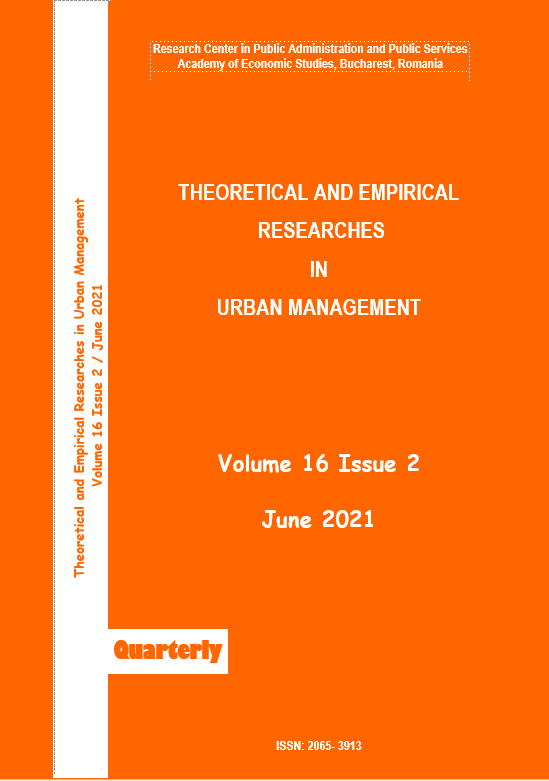THE GREEN BELT OF BANGALORE: PLANNING AND THE SOCIO-ECONOMIC CONTEXT
THE GREEN BELT OF BANGALORE: PLANNING AND THE SOCIO-ECONOMIC CONTEXT
Author(s): Meghana ESWARSubject(s): Geography, Regional studies, Business Economy / Management, Agriculture, Regional Geography, Rural and urban sociology, Socio-Economic Research
Published by: Academia de Studii Economice - Centrul de Cercetare in Administratie si Servicii Publice (CCASP)
Keywords: green belt; urban planning; Bangalore; peri-urban agriculture; land use changes;
Summary/Abstract: The green belt concept of planning that is intrinsically linked to designing urban spaces, has transformed over the years following global debates on its ineffectiveness. Such a critical examination is lacking in the Indian context, where neither peri-urban land use studies nor planning studies have given it significant attention. This research 1) traces the idea of the green belt in Bangalore and related flexibility measures 2) examines existing land use in the green belt of south Bangalore and 3) captures the role of changing socio-economic context and farmers perception in shaping these spaces. To do so, the study examines plan documents of Bangalore to identify the changing concept of the green belt; and captures the socio-economic aspects from field conversations with government officials, farmers, and other residents of the green belt. The study region depicts only certain conforming and large-scale non-conforming land use practices; rendering the green belt ineffective in curtailing urban growth as well as in sustaining agriculture. The study argues that planning needs to factor in the socio-economic context and to ensure fair development practices flexibility measures need to be accompanied by institutional changes that move towards a more local and dialogical approach. It contributes to a latent Indian debate but a larger global debate on the objectives and beneficiaries of a green belt.
Journal: Theoretical and Empirical Researches in Urban Management
- Issue Year: 16/2021
- Issue No: 2
- Page Range: 21-38
- Page Count: 18
- Language: English

